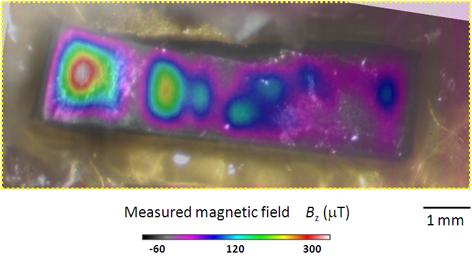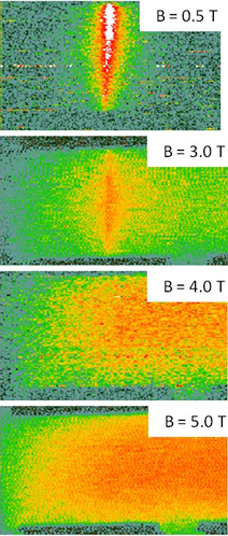Kyushu University

 JP
JP
KU - Kyushu University
www.kyushu-u.ac.jp/english/index.php
Organization profile:
Kyushu University (KU) was established in 1911 as one of the seven Imperial Universities in Japan. The total number of students currently amounts to 18,588, while the faculty members number 2,186. International exchange programs are greatly encouraged at KU. At present there are more than 1,500 international students from about eighty countries studying here. The Research Institute for Superconductivity was firstly initiated in 1983 as "Research Centre of Superconducting Magnet Technology (1983-1993)", then followed by "Research Institute of Superconductivity (1993-2003)" and "Research Institute of Superconductor Science and Systems (RISS)" (2003-present) as the joint-use research center of KU for the basic science and the near-future application of superconductors. Research & Education in RISS covers basic phenomena and new concepts in superconductors, improvements in electromagnetic properties of superconducting wires and films, applications to superconductive devices and systems.
Leader:
Prof. Takanobu Kiss received his doctorate in 1991 from KU, and has been a full professor since 2007 at the Dept. of Electrical Engineering at KU and RISS. While being a faculty member at KU, he was a visiting scholar at the Applied Superconductivity Centre, University of Wisconsin-Madison, U.S.A. in 1999, and a visiting scientist at the Low Temperature Division, University of Twente, The Netherlands, in 2000 both awarded by a MEXT Fellowship. He is recipient of the 10th Superconductor Science and Technology Award of the Society of Non-Traditional Technology (2006). He was also awarded research funds including "RE-123 coated conductor wire development" by NEDO, International Research Promotion by METI, "Strategic-innovation" by JST and JSPS Grant-in-Aid for Scientific Research. Professor Kiss is expert in the area of critical current and vortex pinning, a key performance issue for applications, of superconducting materials. He has published over 170 research papers and several book chapters. He has received 27 invited talks in the last 5 years on many continents - in the US, in Europe, and in Asia.
Expertise:
His group has developed multiple methods for spatially resolved measurements of critical currents and vortex dynamics that include in-field low temperature laser scanning microscopy, laser induced thermoelectric voltage imaging, and scanning SQUID microscopy.
Specific facilities:
- High field type low temperature laser scanning microscope (5T)
- Low temperature laser scanning microscope
- Scanning Hall probe microscope
- Variable temperature scanning SQUID microscope ( 3-100 K)
- SQUID magnetometer - equipped with a transverse detection system and a sample rotator
- 10 T magnet - equipped with a sample rotator for current transport measurement
Personnel assigned to this project:
Prof. Takanobu Kiss, AProf. Masayhoshi Inoue, AProf. Kohei Higashikawa, Dr. Rene Fuger, Dr. Arkadiy Matsekh, one technician, one research assistant and two master course students.
Main tasks in SUPER-IRON:
- Visualization of the local electric field by LTLSM
- Local current measurements by Hall probe microscopy and scanning SQUID microscopy
- Angular resolved SQUID magnetometry





 Based on the Exchange of Letters, JST and EC DG RTD have agreed to establish a new scheme for coordinated funding of Japanese-EU coordinated research projects (see European Community press release IP/09/1844). After consultations between JST and EC DG RTD, “Superconductivity” has been selected as the field of research for the coordinated funding scheme.
Based on the Exchange of Letters, JST and EC DG RTD have agreed to establish a new scheme for coordinated funding of Japanese-EU coordinated research projects (see European Community press release IP/09/1844). After consultations between JST and EC DG RTD, “Superconductivity” has been selected as the field of research for the coordinated funding scheme.